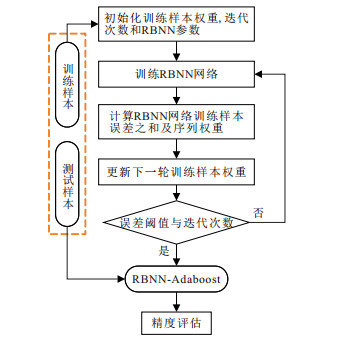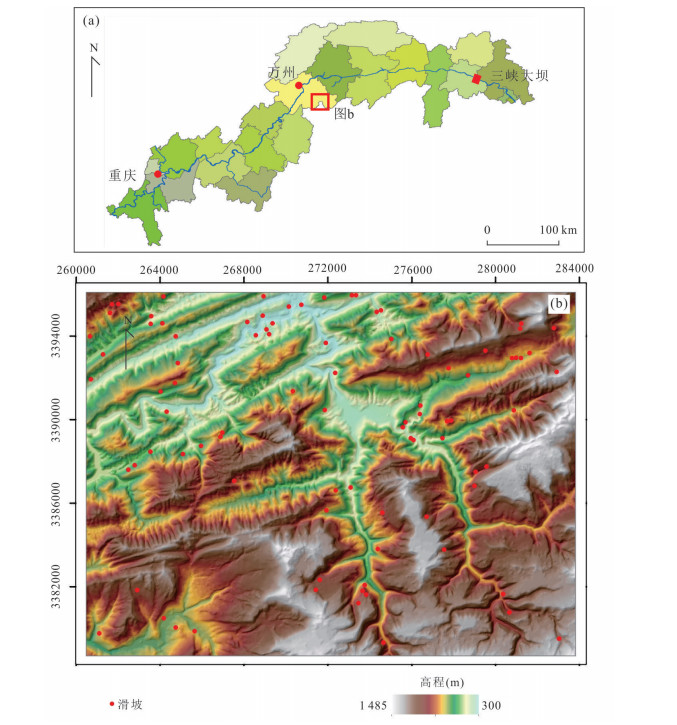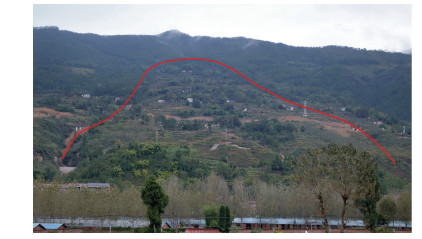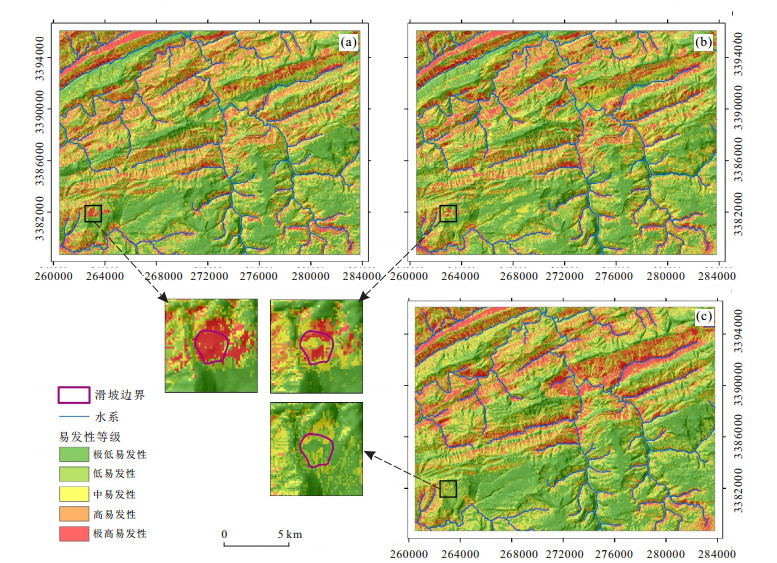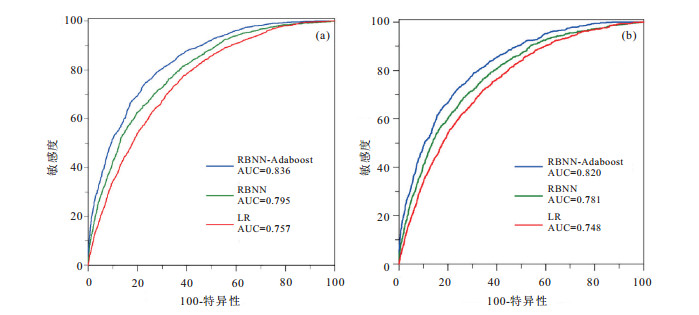|
Bai, S.B., Wang, J., Lü, G.N., et al., 2010.GIS-Based Logistic Regression for Landslide Susceptibility Mapping of the Zhongxian Segment in the Three Gorges Area, China.Geomorphology, 115(1-2):23-31. https://doi.org/10.1016/j.geomorph.2009.09.025 |
|
Bui, D.T., Ho, T.C., Pradhan, B., et al., 2016.GIS-Based Modeling of Rainfall-Induced Landslides Using Data Mining-Based Functional Trees Classifier with AdaBoost, Bagging, and MultiBoost Ensemble Frameworks.Environmental Earth Sciences, 75(14):1101. https://doi.org/10.1007/s12665-016-5919-4 |
|
Cao, Y., Yin, K.L., Zhou, C., et al., 2020.Establishment of Landslide Groundwater Level Prediction Model Based on GA-SVM and Influencing Factor Analysis.Sensors, 20(3):845. https://doi.org/10.3390/s20030845 |
|
Corominas, J., Westen, C.V., Frattini, P., et al., 2014.Recommendations for the Quantitative Analysis of Landslide Risk.Bulletin of Engineering Geology and the Environment, 73(2):209-263. https://doi.org/10.1007/s10064-013-0538-8 |
|
Fell, R., Corominas, J., Bonnard, C., et al., 2008.Guidelines for Landslide Susceptibility, Hazard and Risk Zoning for Land Use Planning.Engineering Geology, 102(3-4):85-98. https://doi.org/10.1016/j.enggeo.2008.03.022 |
|
Feng, H.J., Zhou, A.G., Yu, J.J., et al., 2016.A Comparative Study on Plum-Rain-Triggered Landslide Susceptibility Assessment Models in West Zhejiang Province.Earth Science, 41(3):403-415(in Chinese with English abstract). https://doi.org/10.3799/dqkx.2016.032 |
|
Freund, Y., Schapire, R.E., 1997.A Decision-Theoretic Generalization of Online Learning and an Application to Boosting.Journal of Computer and System Sciences, 55(1):119-139. https://doi.org/10.1006/jcss.1997.1504 |
|
Guo, Z.Z., Yin, K.L., Fu, S., et al., 2019.Evaluation of Landslide Susceptibility Based on GIS and WOE-BP Model.Earth Science, 44(12):4299-4312(in Chinese with English abstract). https://doi.org/10.3799/dqkx.2018.555 |
|
Hong, H., Chen, W., Xu, C., et al., 2016.Rainfall-Induced Landslide Susceptibility Assessment at the Chongren Area (China) Using Frequency Ratio, Certainty Factor, and Index of Entropy.Geocarto International, 32(2):139-154. https://doi.org/10.1080/10106049.2015.1130086 |
|
Li, S.L., Xu, Q., Tang, M.G., et al., 2020.Study on Spatial Distribution and Key Influencing Factors of Landslides in Three Gorges Reservoir Area.Earth Science, 45(1):341-354(in Chinese with English abstract). https://doi.org/10.3799/dqkx.2017.576 |
|
Krawczyk, B., Minku, L.L., Gama, J., et al., 2017.Ensemble Learning for Data Stream Analysis:A Survey.Information Fusion, 37:132-156. https://doi.org/10.1016/j.inffus.2017.02.004 |
|
Ma, S.Y., Qiu, H.J., Hu, S., et al., 2019.Quantitative Assessment of Landslide Susceptibility on the Loess Plateau in China.Physical Geography. https://doi.org/10.1080/02723646.2019.1674559 |
|
Moore, I.D., Grayson, R.B., Ladson, A.R., 1991.Digital Terrain Modelling:A Review of Hydrological, Geomorphological, and Biological Applications.Hydrological Processes, 5(1):3-30. https://doi.org/10.1002/hyp.3360050103 |
|
Paisitkriangkrai, S., Shen, C.H., van den Hengel, A., 2016.Pedestrian Detection with Spatially Pooled Features and Structured Ensemble Learning.IEEE Transactions on Pattern Analysis and Machine Intelligence, 38(6):1243-1257. https://doi.org/10.1109/tpami.2015.2474388 |
|
Pham, B.T., Bui, D.T., Prakash, I., et al., 2017.Hybrid Integration of Multilayer Perceptron Neural Networks and Machine Learning Ensembles for Landslide Susceptibility Assessment at Himalayan Area (India) Using GIS.Catena, 149:52-63. https://doi.org/10.1016/j.catena.2016.09.007 |
|
Qiu, H.J., Cao, M.M., Liu, W., et al., 2014.The Susceptibility Assessment of Landslide and Its Calibration of the Models Based on Three Different Models.Scientia Geographica Sinica, 34(1):110-115(in Chinese with English abstract). http://www.wanfangdata.com.cn/details/detail.do?_type=perio&id=dlkx201401016 |
|
Shi, J.S., Zhang, Y.S., Dong, C., et al., 2005.Based Landslide Hazard Zonation of the New Badong County Site.Acta Geoscientica Sinica, 26(3):275-282(in Chinese with English abstract). http://www.wanfangdata.com.cn/details/detail.do?_type=perio&id=dqxb200503014 |
|
Wang, J., Guo, J., Wang, W.D., et al., 2012.Application and Comparison of Weighted Linear Combination Model and Logistic Regression Model in Landslide Susceptibility Mapping.Journal of Central South University (Science and Technology), 43(5):1932-1939(in Chinese with English abstract). http://www.wanfangdata.com.cn/details/detail.do?_type=perio&id=zngydxxb201205050 |
|
Wang, J.J., Yin, K.L., Xiao, L.L., 2014.Landslide Susceptibility Assessment Based on GIS and Weighted Information Value:A Case Study of Wanzhou District, Three Gorges Reservoir.Chinese Journal of Rock Mechanics and Engineering, 33(4):797-808(in Chinese with English abstract). |
|
Xu, Q., Li, W.L., Dong, X.J., et al., 2017.The Xinmocun Landslide on June 24, 2017 in Maoxian, Sichuan:Characteristics and Failure Mechanism.Chinese Journal of Rock Mechanics and Engineering, 36(11):2612-2628(in Chinese with English abstract). |
|
Yin, K.L., Zhu, L.F., 2001.Landslide Hazard Zonation and Application of GIS.Earth Science Frontiers, 8(2):279-284(in Chinese with English abstract). doi: 10.1080-014311698215865/ |
|
Yu, L.B., Cao, Y., Zhou, C., et al., 2019.Landslide Susceptibility Mapping Combining Information Gain Ratio and Support Vector Machines:A Case Study from Wushan Segment in the Three Gorges Reservoir Area, China.Applied Sciences, 9(22):4756. https://doi.org/10.3390/app9224756 |
|
Zhang, J., Yin, K.L., Wang, J.J., et al., 2016.Evaluation of Landslide Susceptibility for Wanzhou District of Three Gorges Reservoir Chinese Journal of Rock Mechanics and Engineering, 35(2):284-296(in Chinese with English abstract). http://www.wanfangdata.com.cn/details/detail.do?_type=perio&id=yslxygcxb201602009 |
|
Zhang, R.L., Meng, H., Lian, J.F., et al., 2010.Landslide Susceptibility Assessment by Probability Ratio Model Based on GIS.Earth Science Frontiers, 17(6):291-297(in Chinese with English abstract). http://d.old.wanfangdata.com.cn/Periodical/dxqy201006039 |
|
Zhou, C., 2018.Landslide Identification and Prediction with the Application of Time Series InSAR (Dissertation).China University of Geosciences, Wuhan(in Chinese with English abstract). |
|
Zhou, C., Yin, K.L., Cao, Y., et al., 2015.Displacement Prediction of Step-Like Landslide Based on the Response of Inducing Factors and Support Vector Machine.Chinese Journal of Rock Mechanics and Engineering, 34(Suppl.2):4132-4139(in Chinese with English abstract). |
|
Zhou, C., Yin, K.L., Cao, Y., et al., 2016.Application of Time Series Analysis and PSO-SVM Model in Predicting the Bazimen Landslide in the Three Gorges Reservoir, China.Engineering Geology, 204:108-120. https://doi.org/10.1016/j.enggeo.2016.02.009 |
|
Zhou, C., Yin, K.L., Cao, Y., et al., 2018.Landslide Susceptibility Modeling Applying Machine Learning Methods:A Case Study from Longju in the Three Gorges Reservoir Area, China.Computers and Geosciences, 112:23-37. https://doi.org/10.1016/j.cageo.2017.11.019 |
|
Zięba, M., Tomczak, S.K., Tomczak, J.M., 2016.Ensemble Boosted Trees with Synthetic Features Generation in Application to Bankruptcy Prediction.Expert Systems with Applications, 58:93-101. https://doi.org/10.1016/j.eswa.2016.04.001 |
|
冯杭建, 周爱国, 俞剑君, 等, 2016.浙西梅雨滑坡易发性评价模型对比.地球科学, 41(3):403-415. doi: 10.3799/dqkx.2016.032 |
|
郭子正, 殷坤龙, 付圣, 等, 2019.基于GIS与WOE-BP模型的滑坡易发性评价.地球科学, 44(12):4299-4312. doi: 10.3799/dqkx.2018.555 |
|
李松林, 许强, 汤明高, 等, 2020.三峡库区滑坡空间发育规律及其关键影响因子.地球科学, 45(1):341-354. doi: 10.3799/dqkx.2017.576 |
|
邱海军, 曹明明, 刘闻, 等, 2014.基于三种不同模型的区域滑坡灾害敏感性评价及结果检验研究.地理科学, 34(1):110-115. http://www.wanfangdata.com.cn/details/detail.do?_type=perio&id=dlkx201401016 |
|
石菊松, 张永双, 董诚, 等, 2005.基于GIS技术的巴东新城区滑坡灾害危险性区划.地球学报, 26(3):275-282. http://d.old.wanfangdata.com.cn/Periodical/dqxb200503014 |
|
王佳佳, 殷坤龙, 肖莉丽, 2014.基于GIS和信息量的滑坡灾害易发性评价:以三峡库区万州区为例.岩石力学与工程学报, 33(4):797-808. http://d.old.wanfangdata.com.cn/Periodical/yslxygcxb201404018 |
|
王进, 郭靖, 王卫东, 等, 2012.权重线性组合与逻辑回归模型在滑坡易发性区划中的应用与比较.中南大学学报(自然科学版), 43(5):1932-1939. http://d.old.wanfangdata.com.cn/Periodical/zngydxxb201205050 |
|
许强, 李为乐, 董秀军, 等, 2017.四川茂县叠溪镇新磨村滑坡特征与成因机制初步研究.岩石力学与工程学报, 36(11):2612-2628. http://www.wanfangdata.com.cn/details/detail.do?_type=perio&id=yslxygcxb201711002 |
|
殷坤龙, 朱良峰, 2001.滑坡灾害空间区划及GIS应用研究.地学前缘, 8(2):279-284. http://d.old.wanfangdata.com.cn/Periodical/dxqy200102010 |
|
张俊, 殷坤龙, 王佳佳, 等, 2016.三峡库区万州区滑坡灾害易发性评价研究.岩石力学与工程学报, 35(2):284-296. http://www.wanfangdata.com.cn/details/detail.do?_type=perio&id=yslxygcxb201602009 |
|
张若琳, 孟晖, 连建发, 等, 2010.基于GIS的概率比率模型的滑坡易发性评价.地学前缘, 17(6):291-297. http://d.old.wanfangdata.com.cn/Periodical/dxqy201006039 |
|
周超, 2018.集成时间序列InSAR技术的滑坡早期识别与预测研究(博士学位论文).武汉: 中国地质大学. |
|
周超, 殷坤龙, 曹颖, 等, 2015.基于诱发因素响应与支持向量机的阶跃式滑坡位移预测.岩石力学与工程学报, 34(增刊2):4132-4139. |
 dqkx-45-6-1865-Table1-5.pdf
dqkx-45-6-1865-Table1-5.pdf










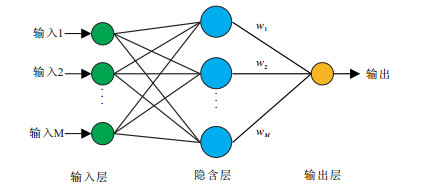
 下载:
下载:
